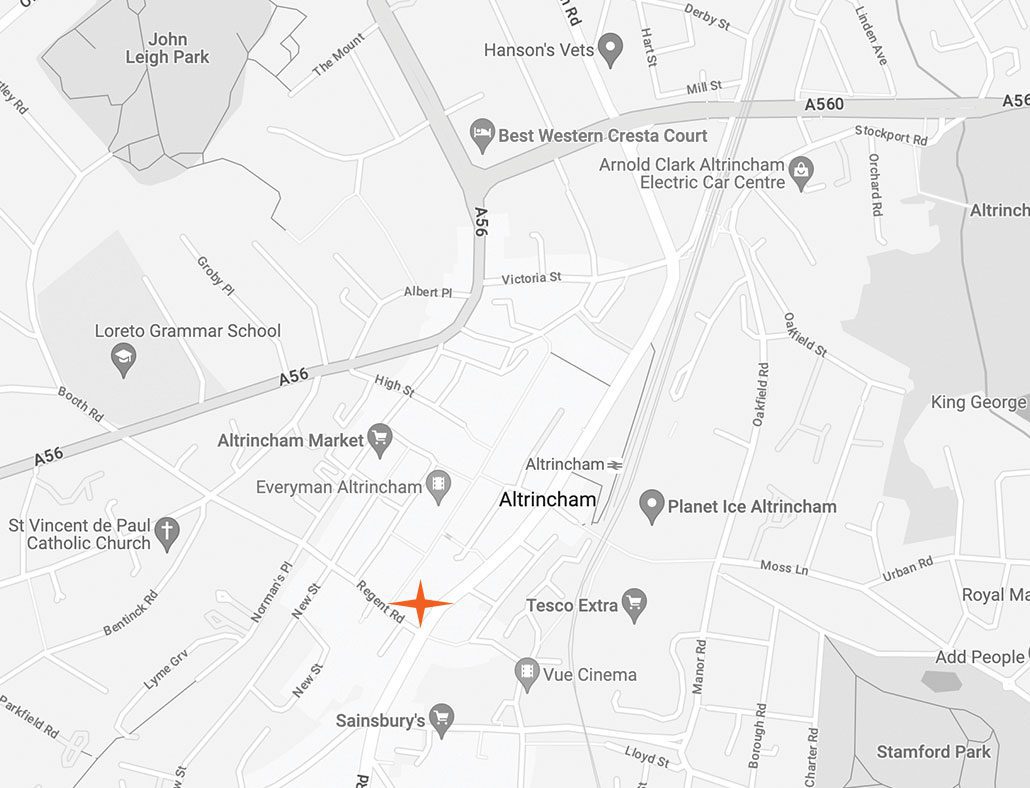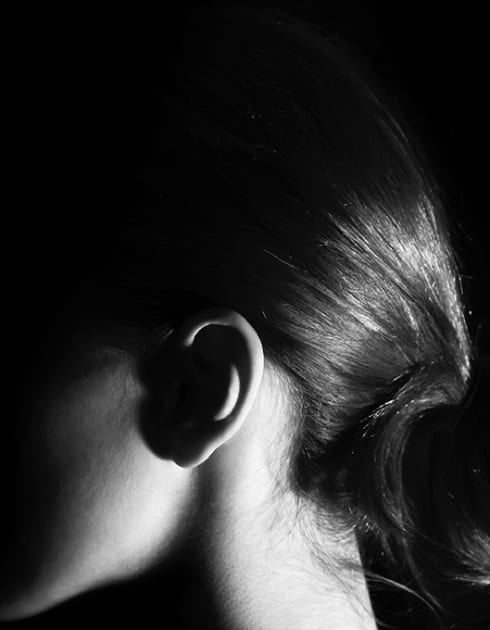Rhinoplasty Manchester
- Treatments
- surgical
- face
Rhinoplasty is also referred to as a ‘Nose Job’ and involves the restructuring and reshaping of the nose.
This procedure can improve the definition of the nose, producing a more balanced and symmetrical appearance to the facial features, bringing the facial profile more in proportion.
At a glance
Expected Results
Improved shape of the nose
Length of Surgery
Up to 2 hours
Anaesthesia
General anaesthetic
Recovery
Up to 2 weeks


A misshapen nose can often feel unattractive to the affected person. The reason for this concern is generally down to genetics, but injury or trauma can alter the nose’s natural form and may also cause functional disruption.
When considering making changes to the appearance of the nose, Rhinoplasty can improve and change the shape of the bridge, tip or nostrils, as well as the angle between the nose and the upper lip. Where the procedure is of a reconstructive nature, it can see effective restoration of the shape and functions of the nose, and can also be successful in correcting concerns related to breathing.
An internal approach, or ‘Closed Rhinoplasty’, sees an incision made inside the nose, so the cartilage and bones can be reduced and / or repositioned before using dissolvable stitches to close the wound. If the nose requires augmentation, cartilage can be used to achieve this. Rhinoplasty will commonly require the removal of excess tissue, bone or cartilage and a repositioning of the skin.
A more modern technique is the external approach, or ‘Open Rhinoplasty’, that sees an incision being made across the columella (the part of the nose that runs from the tip to the base) in order to access the inside of the nose so alterations can take place. This approach will require both internal dissolvable stitches and external stitches to close the wound. The main advantage to this technique is better visualisation, and therefore, better precision in the execution of the procedure. A Splint will need to be used to steady the nose during healing, which will be secured with tape for additional support.


Through a full and thorough pre-operative assessment, Mr. Marando will address your individual concerns and consider your desired outcomes, tailoring an effective procedure option that will best fit with your needs and determine the type of approach he will utilise for the operation.
A general anaesthetic is most often used for the Rhinoplasty procedure. It is normal to experience the nose feeling or being blocked for up to 2 weeks post surgery, and you will need to take every precaution to avoid sneezing. Keeping your head as upright as possible will help with the healing process, which may take up to 6 weeks, seeing full results within 6 – 12 months.
Treatment FAQ
Am I suitable for this treatment?
This treatment is usually considered by someone who is unhappy with the shape of their nose. Cosmetically, it may be because the nose has a bump on the bridge, a crooked bridge of the nose, large nostrils or protrudes too much. Correctively, injury or trauma may have altered the shape and / or the structure of the nose. For some people, whether genetically or as a result of injury, breathing through the nasal passages can be compromised and this procedure can alleviate these problems. Successful healing is enhanced if a person is in good health, doesn’t smoke and is not taking aspirin or inflammatory medication.
How safe is this treatment?
The safety of the patient is always at the heart of every procedure performed by Mr. Marando. The appropriate anaesthesia will be used, alongside the safest and most effective techniques to ensure the operation is a success.
Is it painful?
Due to anaesthetic being used for the procedure, there will be no pain felt during the actual procedure. However, there will be a degree of post-operative discomfort and tenderness. An appropriate course of pain relief will be administered during the weeks following the operation, helping to ease any soreness. The patient will need to be mindful of keeping activity levels to a minimum, ensuring a more comfortable process of healing.
Are there any side effects or risks?
This type of treatment will inevitably incur swelling and bruising, and some patients express experiencing headaches. In less common cases, the patient can have nosebleeds, develop an infection, experience delayed healing or in extremely rare cases, thickened scars. It is important to point out that any surgery requiring a general anaesthetic carries the risk of the patient developing problems associated with the heart or respiratory system, as well as deep vein thrombosis.
At a pre-operative consultation, Mr. Marando will ensure you are fully informed with regards to any risks that a surgical procedure can incur.
How much recovery / downtime is needed?
The patient is usually discharged several hours after the surgical procedure, when appropriate, and may need to allow up to 2 weeks as downtime, ensuring the first stage of the healing process is successful. On the day of discharge the patient will need to arrange for transport home and for someone to be able to remain at home with you for the first 24 hours. The patient will need to take some time off work, maybe one or two weeks, and maintain a low-level lifestyle. Contact sports and more strenuous exercise should not be undertaken for up to 6 weeks, post treatment, and the patient should expect to allow the next 6 – 12 months for the effects to settle completely and for the full results to become visible.

Related Treatments
Latest News

Clinic News
STAR Clinic Named Among First to Offer Mia Femtech Breast Enhancement in the UK

Patient Information











